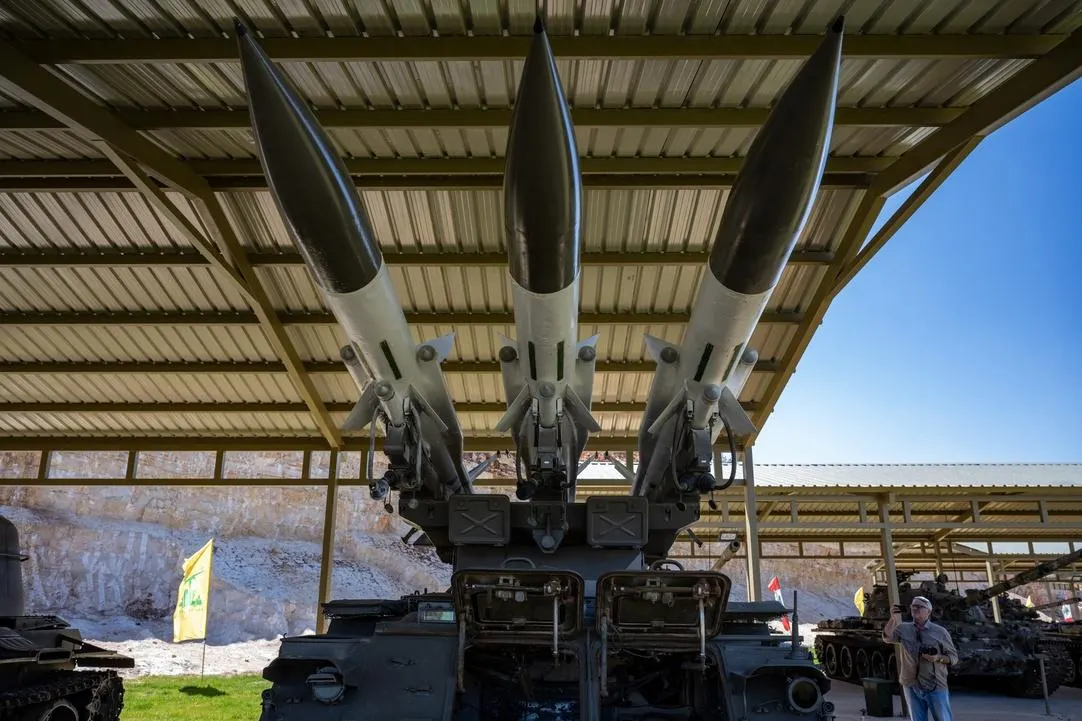
The United States has confirmed that Iran has supplied Russia with a number of short-range ballistic missiles, raising concerns about the potential impact on the ongoing conflict in Ukraine. While the Pentagon remains committed to bolstering Ukraine’s air defense capabilities, transferring these weapons has prompted a new focus on countering the evolving threat.
Iran’s Missile Transfer
Pentagon Press Secretary Air Force Maj. Gen. Pat Ryder confirmed that Iran had transferred a batch of Fath 360 close-range ballistic missiles to Russia. These missiles, estimated to have a range of around 75 miles, could be deployed against Ukraine within weeks. “This transfer could lead to the deaths of even more Ukrainian civilians,” Ryder stated, emphasizing the significant humanitarian implications.
According to Ryder, the decision to transfer these missiles likely stems from Russia’s desire to preserve its longer-range missiles for strategic purposes, utilizing the Fath 360 for tactical engagements. This move deepens Russia’s arsenal and grants them a wider range of options for targeting, including civilian infrastructure.
U.S. and Allied Response
“Air defense has been something that we’ve been very focused on for a long time now when it comes to Ukraine,” Ryder stated. “That has been a priority for the Ukrainians, and therefore it’s been a priority for us.”
The United States and its partners have been working diligently to provide Ukraine with a variety of air defense systems capable of countering both short and long-range missile threats. These include the Patriot air defense batteries, NASAMS, HAWK air defense systems, Stinger anti-aircraft missiles, and Avenger air defense systems. The goal is to create a comprehensive and integrated air defense network for Ukraine, capable of effectively mitigating the threat posed by the newly acquired Iranian missiles and other weapons systems deployed by Russia.
Training and Potential Future Transfers
To further bolster Russia’s capabilities, Iran has trained a significant number of Russian military personnel on the use of the Fath 360 missiles. The Pentagon estimates that “dozens” of Russian personnel received training in Iran to operate this missile system.
While the specific exchange for the missiles remains unclear, speculation points towards potential intelligence sharing between the two countries. Ryder highlighted the possibility of Russia providing information regarding nuclear programs, space technology, and other advanced capabilities sought by Iran.
The concerning aspect of this developing relationship, Ryder pointed out, lies in the potential for future transfers of Iranian weapons to Russia. “Given Russia’s growing relationships with other bad-faith actors on the global stage, including North Korea, there is a reasonable expectation that there will be continued delivery of missiles from Iran,” he warned.
The Implications of a Growing Alliance
The transfer of Iranian missiles to Russia marks a significant escalation of the conflict in Ukraine. It highlights the increasingly close ties between these two countries and the potential for Iran to become a major supplier of military capabilities to Russia, particularly in the realm of missile technology.
As the conflict continues, the United States and its allies are actively working to counter the growing threat posed by this alliance. The ongoing efforts to bolster Ukraine’s air defense capabilities are crucial to effectively address the evolving threat posed by Russia and its allies.
